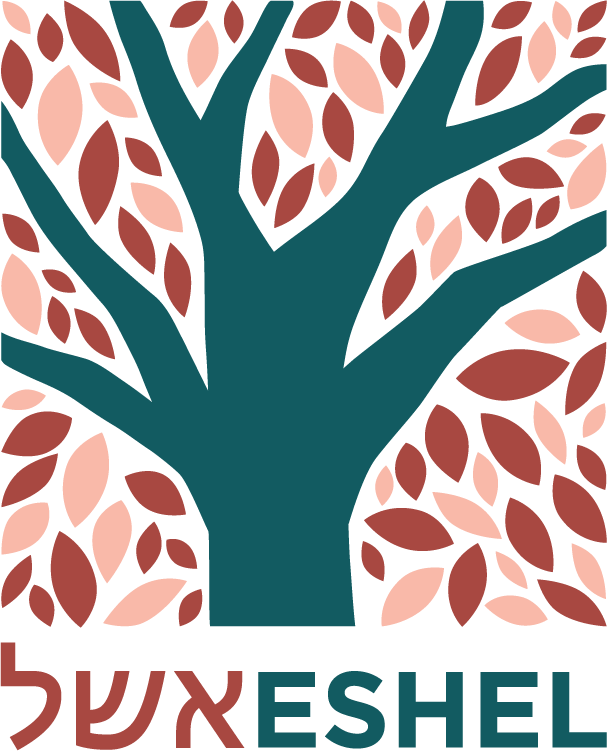My bar mitzvah date was totally messed up. The synagogue bureaucrat who assigned it gave me the double portion of Aharei-Mot/Kedoshim to be read on April 26, 1969. But I was born in late June! I’m not sure why they thought it was ok, but this was a full two months before my 13th birthday. By mistake, I was given the two sections of the Torah that famously mark same-sex male intercourse as an abomination.
What is perhaps even stranger is that if my bar mitzvah had been celebrated on the correct day, the day after my 13th birthday, it would have fallen out on June 28, 1969—the day of the Stonewall riots. As a 13-year-old gay boy who was in hiding from himself, none of this strange and heavy-handed fatefulness was remotely recognizable. I was clueless.
Since then I have written a good deal about the challenging verses in Leviticus, not only in regard to their possible meanings but also about how it feels to hear them as a young gay person. While I was oblivious at 13, when I was twenty years old and studying in yeshiva, these verses tormented me. The language of abomination urged me to despise my inner life and to fear the unfolding of my future. It took me more than twenty years to work through these feelings. While my own very late coming out was on par with my generation, today young people are coming out at 15 and facing the disquieting consciousness of their longings much earlier.
How ought we to help today’s bar and bat mitzvah teens make sense of themselves and their futures? How can we help them when they rise to the bimah to read Aharei Mot and Kedoshim? The Chief Rabbi of the United Kingdom, Rabbi Ephraim Mirvis, recently published a guide. He worked with gay Jewish leaders in London for over a year behind closed doors to produce a pragmatic document for students, parents, teachers, and school leadership entitled: “The Wellbeing of LGBT+ Pupils in Orthodox Schools.”
There is much to say about this work, but its most salient feature is that it offers an expansion of attention as a way of widening the lens. While the Guide admits that many different communities need to address the questions of sexuality and gender in light of their unique sensibilities and commitments, it begins with the recognition that no verse is an island. They are all interconnected and must be read in light of each other. All verses are conditioned by the presence of every other verse.
The Guide does not ignore the challenging texts, but it puts upfront and central the many other biblical verses that call us to the responsibility to care and to warn us to do no harm. Whatever the prohibition of Leviticus 20:13 is taken to mean, it must share space with “Love thy neighbor as thyself” with “you shall not wrong your fellow” with “You shall not hate your brother in your heart,” and with “you shall not stand idly by the blood of your neighbor”—all of which appear in the same Torah portion.
The conviction of the Guide’s writers is that once teachers of tradition are aware of the tender vulnerabilities of their LGBT+ students, the motive to protect them becomes a competing and even overarching religious obligation and, potentially, a heartfelt conviction.
Eshel, the organization that I founded ten years ago, is bringing the Guide and two of its architects, Dr. Benjamin Ellis and Dalia Fleming, to the US for ten days, starting this Shabbat Kedoshim. We will be conducting many private closed-door meetings and public gatherings in Boston, Chicago, Los Angeles, Washington DC, and New York. Our hope is that every Orthodox Jewish school in the country is made aware of this work, that every faculty and board of directors reads it, and that principals across North America employ it as a starting point to develop their own ways forward. Nothing less than the wellbeing of all our children is at stake.
The Guide’s move toward a more textually comprehensive approach is not its only strategy. It was written not as a monologue of rabbinic opinion but as an expression of multiple voices. LGBT+ stories pepper its pages. It is a wonderful and demanding effort of empathy in action, remarkably respectful for the multiple subjectivities it is holding, both in its writing and its design. It must be said that it does not meet all the hopes for acceptance and affirmation that members of the LGBT+ community might wish for. It succeeds in resisting a liberal monologue as well.
Perhaps the most difficult and most vital aspect of the Orthodox mindset is its comprehensive attention, its refusal to cast any verse into the dustbin of history, and its willingness (when reminded of its courage) to listen to every voice and entertain every possibility. As the sages say, if you want to understand the Torah, make your ear like a funnel and listen to all of it—to the multiple verses in the same Torah, to the multiple interpretations of those verses, and to the multiple people to whom we are duty bound to love as our selves.
Rabbi Steve Greenberg
Founding Director
